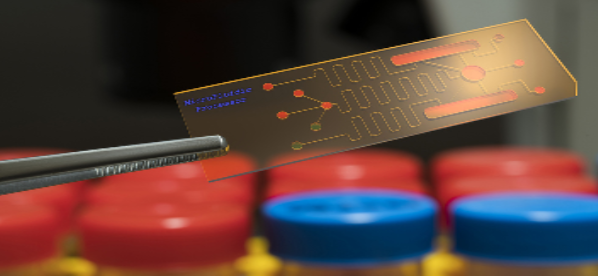A Few days back, the most talked topic was WhatsApp’s new privacy policy which stated that all the data and contacts shared on WhatsApp will be shared on its conglomerate app Facebook. No sooner did the feature circulated on everybodys’ mobile, than a lot of discontentment and anger vented off by the WhatsApp users. Memes, abuses, tweets, and panel discussions started to take around on social media and news channels. Now let us get into the nitty-gritty of what the policy was.
As stated above, the data that includes numbers, pictures, important documents, and other details we share randomly and heedlessly with one another, was at the risk of a breach. But what was so intriguing about the policy that it got condemned on such a high level. In February 2014, Facebook, a multi-national and widely popular social networking site bought Whatsapp. It was bound to happen that Facebook would meddle with Whatsapp policies.
Now the question that arises what Facebook did on its part was whether fair or unfair? Soon Whatsapp came in the open to apologize and justify itself as an app that condensed the consumer’s rage to an extent. Now WhatsApp has delayed the introduction of the new privacy policy announced earlier this month after confusion and user backlash forced the messaging service to better explain what data it collects and how it shares that information with parent company, Facebook Inc.
“We’ve heard from so many people how much confusion there is around our recent update,” the company wrote in a blog post. “There’s been a lot of misinformation on causing concern and we want to help everyone understand our principles and the facts.”- a source added.
WhatsApp had asked users to agree to the new policy by Feb. 8, but has pushed that deadline to May 15 while it further explains the changes.
WhatsApp is end-to-end encrypted, meaning only a message’s sender and recipient can read it, and those messages are not stored on Facebook servers. But WhatsApp is also pushing aggressively into messaging for businesses. The updated privacy policy was intended to alert users that some businesses would soon be using Facebook-owned servers to store messages with consumers. Facebook has said that it will not access those messages for any type of ad targeting but the language used in the updated terms of service concerned many users who worried that Facebook would suddenly see their private messages. These were some of the details shared by the company.
As a consumer, when we think about a data breach, we become offensive and insecure. But if you give a different perspective, when we install applications or download files from the internet, do we not allow the same permission to breach data to Google? When we sync our contacts and photos with our google account, won’t that be considered an invasion of privacy? Many Indian-owned alternative companies crept up to grab the opportunity to divert the customers to their applications. But even if one customer replaces Whatsapp with another communication app, what guarantee does it provide that all his networks and contacts switch to the same app for their convenience?
The mastermind behind this tossing of information is Artificial Intelligence (AI). AI as we know has full access to your search history on Google Chrome. Using this, it advertises those contents on the web . If we do not restrict ourselves to Whatsapp and see the internet as a whole, then we may conclude that our privacy is not entirely safe.











